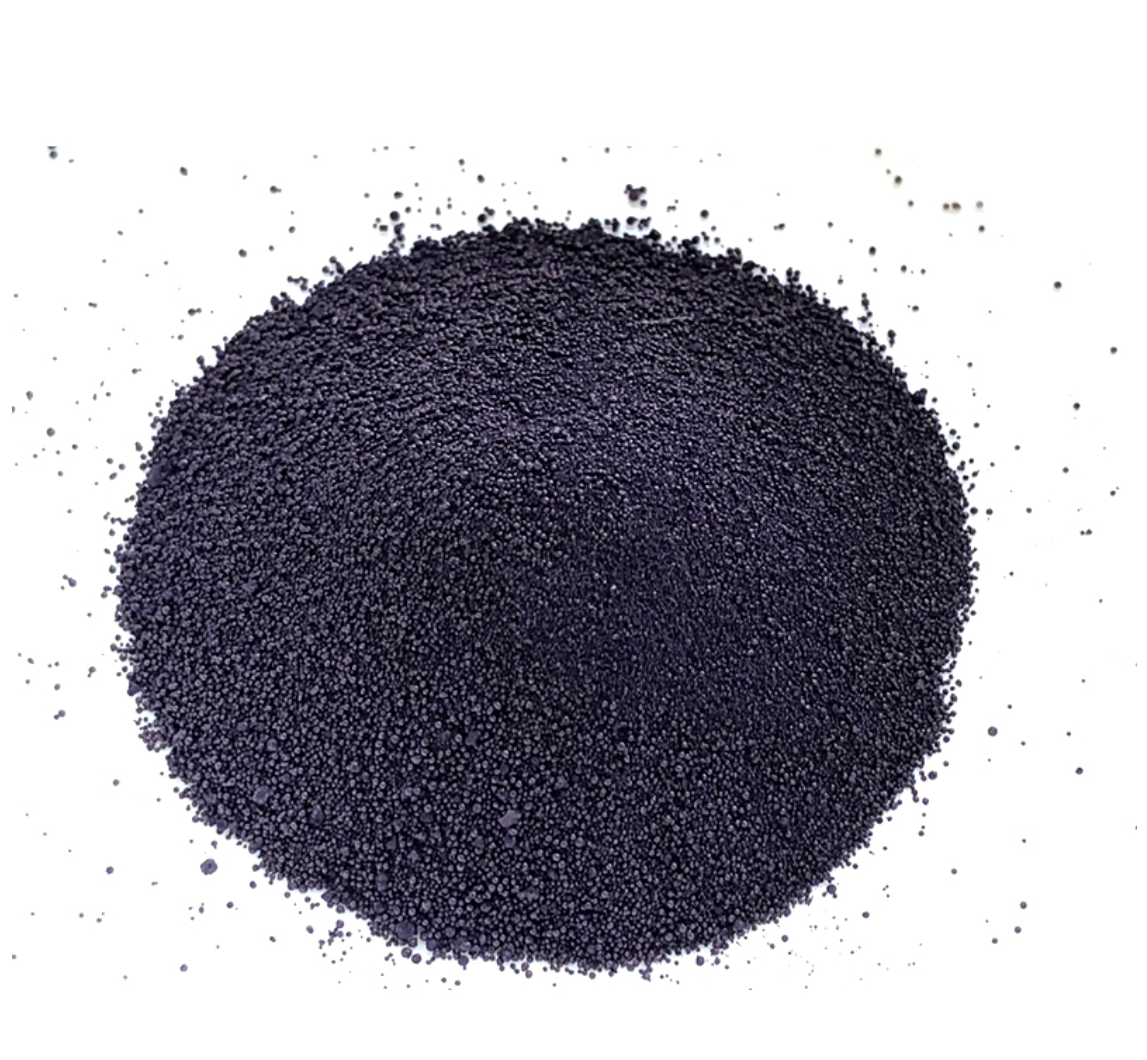Exploring the Art of Custom Dyeing Techniques with Traditional Japanese Indigo for Unique Fabrics
The Art of OEM Dyeing with Japanese Indigo
In recent years, the revival of traditional dyeing techniques has gained momentum among fashion designers and artisans worldwide. One such technique that has captured the attention of many is OEM (Original Equipment Manufacturer) dyeing with Japanese indigo, known for its rich history and vibrant hues. Combining age-old practices with modern processes, this method not only offers unique aesthetic qualities but also supports sustainable and eco-friendly practices.
The Art of OEM Dyeing with Japanese Indigo
OEM dyeing with Japanese indigo involves collaborating with manufacturers who specialize in this traditional method. It allows brands to produce unique textiles that stand out in today’s saturated fashion market. The process not only showcases the talent of skilled artisans but also creates a bridge between traditional practices and contemporary design. By leveraging OEM partnerships, brands can harness the artistry of indigo dyeing without needing extensive in-house expertise or resources.
oem dyeing with japanese indigo

One of the most appealing aspects of using Japanese indigo is its sustainability. The cultivation of indigo requires far less water compared to synthetic dye production, and since it is a natural dye, it is biodegradable, reducing environmental impact. This aligns with the growing consumer demand for sustainable fashion practices. When designers choose to work with OEM manufacturers using Japanese indigo, they contribute to a supply chain that emphasizes ecological integrity and supports local farmers and communities.
Moreover, the versatility of Japanese indigo dyeing opens up a myriad of design possibilities. The dye can be applied through various techniques, including shibori (a traditional tie-dye method), kasuri (a form of ikat), and other resist dyeing methods. Each technique results in distinctive patterns and textures, allowing designers to create garments that are not only visually striking but also narrate a story of craftsmanship and heritage. The organic nature of the dye means that no two pieces are identical—a feature that appeals to consumers seeking uniqueness in their wardrobe.
As we look toward the future of fashion, the integration of traditional methods like Japanese indigo dyeing into OEM production presents a compelling narrative about authenticity and artistry. It offers consumers more than just a garment; it provides a tangible connection to a rich cultural past. The collaboration of ancient techniques with modern manufacturing practices allows for an enriching dialogue between old and new, informed by sustainability and creativity.
In conclusion, OEM dyeing with Japanese indigo is more than a trend; it is a movement that honors craftsmanship, sustainability, and innovation. By embracing this traditional dyeing technique, fashion brands can create unique, high-quality products that resonate with conscious consumers while preserving the artistry that indigo dyeing represents. As we continue to explore and celebrate these traditional practices, we ensure that the vibrant legacy of Japanese indigo thrives in the modern world.
-
The Timeless Art of Denim Indigo Dye
NewsJul.01,2025
-
The Rise of Sulfur Dyed Denim
NewsJul.01,2025
-
The Rich Revival of the Best Indigo Dye
NewsJul.01,2025
-
The Enduring Strength of Sulphur Black
NewsJul.01,2025
-
The Ancient Art of Chinese Indigo Dye
NewsJul.01,2025
-
Industry Power of Indigo
NewsJul.01,2025
-
Black Sulfur is Leading the Next Wave
NewsJul.01,2025

Sulphur Black
1.Name: sulphur black; Sulfur Black; Sulphur Black 1;
2.Structure formula:
3.Molecule formula: C6H4N2O5
4.CAS No.: 1326-82-5
5.HS code: 32041911
6.Product specification:Appearance:black phosphorus flakes; black liquid

Bromo Indigo; Vat Bromo-Indigo; C.I.Vat Blue 5
1.Name: Bromo indigo; Vat bromo-indigo; C.I.Vat blue 5;
2.Structure formula:
3.Molecule formula: C16H6Br4N2O2
4.CAS No.: 2475-31-2
5.HS code: 3204151000 6.Major usage and instruction: Be mainly used to dye cotton fabrics.

Indigo Blue Vat Blue
1.Name: indigo blue,vat blue 1,
2.Structure formula:
3.Molecule formula: C16H10N2O2
4.. CAS No.: 482-89-3
5.Molecule weight: 262.62
6.HS code: 3204151000
7.Major usage and instruction: Be mainly used to dye cotton fabrics.

